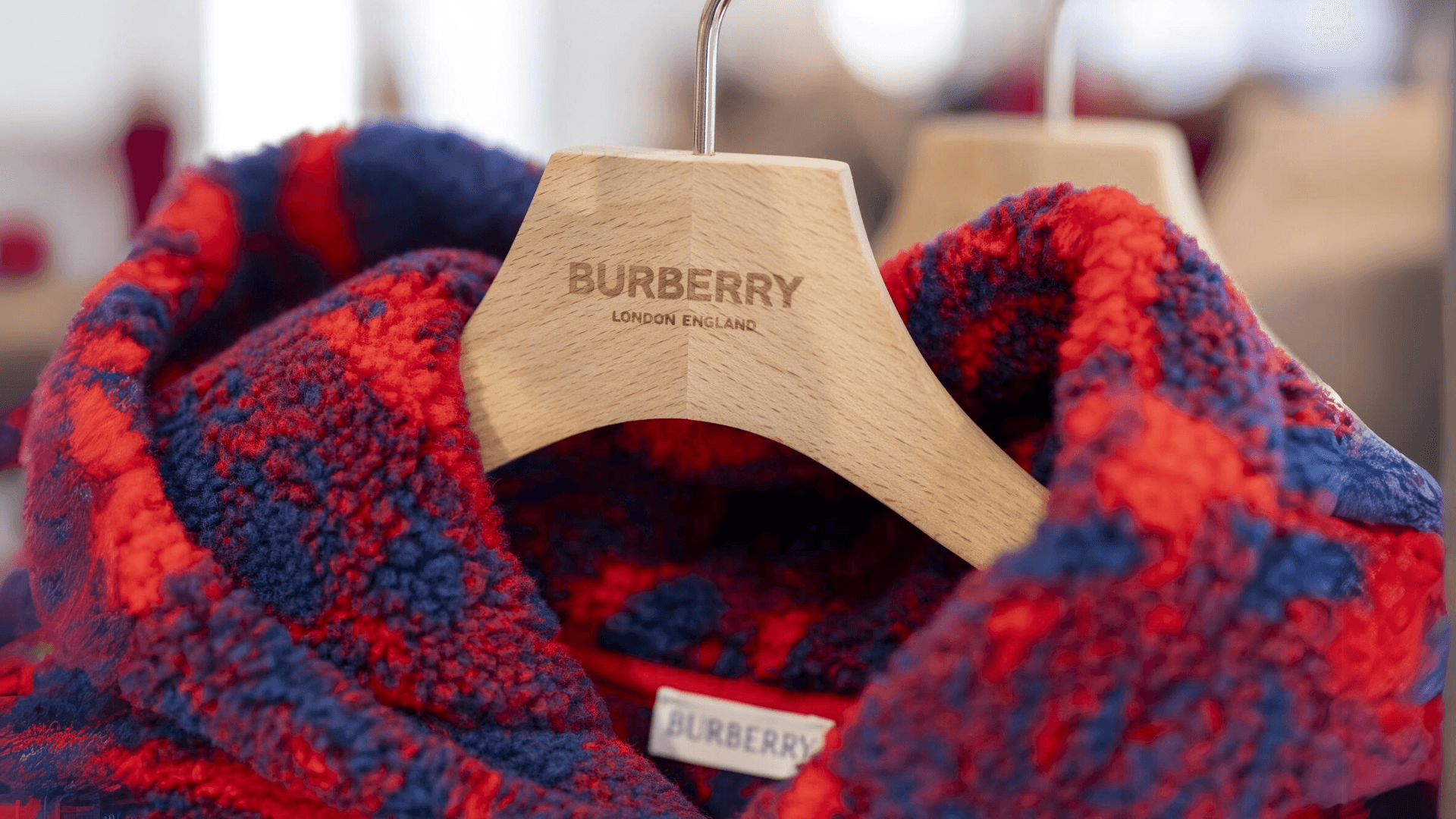Journey Through Time: The Rich History of Loewe

Loewe, a prestigious luxury brand, has long been celebrated for its exceptional craftsmanship and timeless designs. This article delves into the rich history and evolution of Loewe, exploring key milestones and influential collections that have shaped its journey from its founding to its current status as a leading name in the luxury fashion industry.
Key Takeaways:
Loewe was founded in 1846 by Enrique Loewe Roessberg in Madrid, focusing on high-quality leather goods and earning a Royal Warrant from the Spanish crown, which boosted its prestige.
The mid-20th century saw Loewe expanding into new markets and introducing iconic collections like the Amazona bag in 1975, solidifying its brand identity.
Loewe collaborated with notable artists and designers, enriching its style and contributing to its evolution through innovative partnerships.
In 1996, Loewe was acquired by LVMH, leading to strategic investments and global expansion, including the opening of flagship stores worldwide.
Since Jonathan Anderson's appointment as creative director in 2013, Loewe has embraced a modern aesthetic, launched influential collections, and committed to sustainability and innovation, ensuring its continued relevance in the luxury fashion industry.

Founding and Early Years (1846-1900s)
Establishment in Madrid
Loewe was founded in 1846 by Enrique Loewe Roessberg in Madrid, Spain. The brand initially focused on leather goods, quickly gaining a reputation for its high-quality craftsmanship. Loewe’s dedication to using the finest materials and meticulous attention to detail set it apart from other brands, establishing a strong foundation for its future success.
Growth and Recognition
Throughout the late 19th and early 20th centuries, Loewe experienced significant growth and recognition. The brand expanded its product range to include not only leather goods but also fashion accessories and ready-to-wear items. As Loewe’s reputation for quality and elegance grew, so did its customer base, which included some of Spain’s most influential figures.
Royal Warrant and Prestige
In 1905, Loewe received the Royal Warrant from the Spanish crown, a prestigious recognition that significantly boosted its reputation. This honor underscored the brand’s commitment to excellence and solidified its status as a symbol of luxury and prestige. The Royal Warrant also helped Loewe attract a broader international audience, paving the way for its expansion beyond Spain.

Mid-Century Evolution (1900s-1970s)
Expansion and Innovation
During the mid-20th century, Loewe continued to expand into new markets and product lines. The brand’s commitment to innovation and design excellence remained unwavering, resulting in groundbreaking products that set new standards in luxury fashion. Loewe’s dedication to blending traditional craftsmanship with modern techniques ensured its continued relevance in a rapidly evolving industry.
Introduction of Iconic Collections
One of Loewe’s most iconic collections, the Amazona bag, was introduced in 1975. This collection, characterized by its unique design and impeccable craftsmanship, quickly became a symbol of the brand’s identity. The Amazona bag’s success solidified Loewe’s position as a leading luxury brand and demonstrated its ability to create timeless pieces that resonate with fashion enthusiasts worldwide.
Collaboration with Artists and Designers
Loewe’s collaborations with notable artists and designers during this period played a crucial role in shaping its style and influence. These partnerships brought fresh perspectives and innovative ideas to the brand, resulting in collections that pushed the boundaries of fashion. By embracing creativity and collaboration, Loewe ensured its continued evolution and relevance in the luxury market.

Modern Renaissance (1980s-2000s)
Acquisition by LVMH
In 1996, Loewe was acquired by LVMH, the world’s largest luxury goods conglomerate. This acquisition marked a new chapter in Loewe’s history, bringing strategic changes and significant investments that fueled its growth. Under LVMH’s ownership, Loewe benefitted from increased resources and a broader global reach, further cementing its status as a luxury powerhouse.
Creative Directors and New Directions
The late 20th and early 21st centuries saw the influence of various creative directors who shaped Loewe’s modern identity. Each director brought unique design philosophies and visions to the brand, resulting in a dynamic and evolving aesthetic. Significant collections introduced during this period showcased Loewe’s ability to innovate while staying true to its heritage.
Global Expansion
Loewe’s efforts to expand its global presence intensified during this period, with the opening of flagship stores in major fashion capitals and entry into new regions. This expansion strategy not only increased brand visibility but also allowed Loewe to tap into new markets and attract a diverse clientele. The brand’s global reach was a testament to its enduring appeal and relevance in the luxury industry.

Contemporary Era (2010s-Present)
Leadership of Jonathan Anderson
In 2013, Jonathan Anderson was appointed as Loewe’s creative director. Anderson’s vision and innovative approach brought a fresh perspective to the brand, blending contemporary design elements with Loewe’s traditional craftsmanship. His influence has been instrumental in revitalizing Loewe’s image and making it a favorite among modern fashion enthusiasts.
Influential Collections and Campaigns
Under Anderson’s leadership, Loewe has launched several influential collections and marketing campaigns that have resonated with both the fashion industry and consumers. These collections have received critical acclaim for their creativity and craftsmanship, reinforcing Loewe’s position as a leader in luxury fashion. Anderson’s ability to balance tradition with innovation has been key to the brand’s success in the contemporary era.
Sustainability and Innovation
Loewe’s commitment to sustainability and innovation has become increasingly prominent in recent years. The brand has implemented various initiatives to promote eco-friendly luxury, including the use of sustainable materials and ethical production practices. These efforts reflect Loewe’s dedication to environmental responsibility and its role in shaping the future of luxury fashion.
Conclusion
Loewe’s journey through time is a testament to its enduring legacy and ability to adapt and innovate over the decades. From its founding in 1846 to its current status as a leading luxury brand, Loewe has consistently demonstrated a commitment to excellence in craftsmanship and design. As the brand continues to evolve, its rich history and influential collections will undoubtedly inspire future generations of fashion enthusiasts. The future of Loewe looks promising, with a continued focus on sustainability, innovation, and maintaining its status as a symbol of luxury and prestige.

